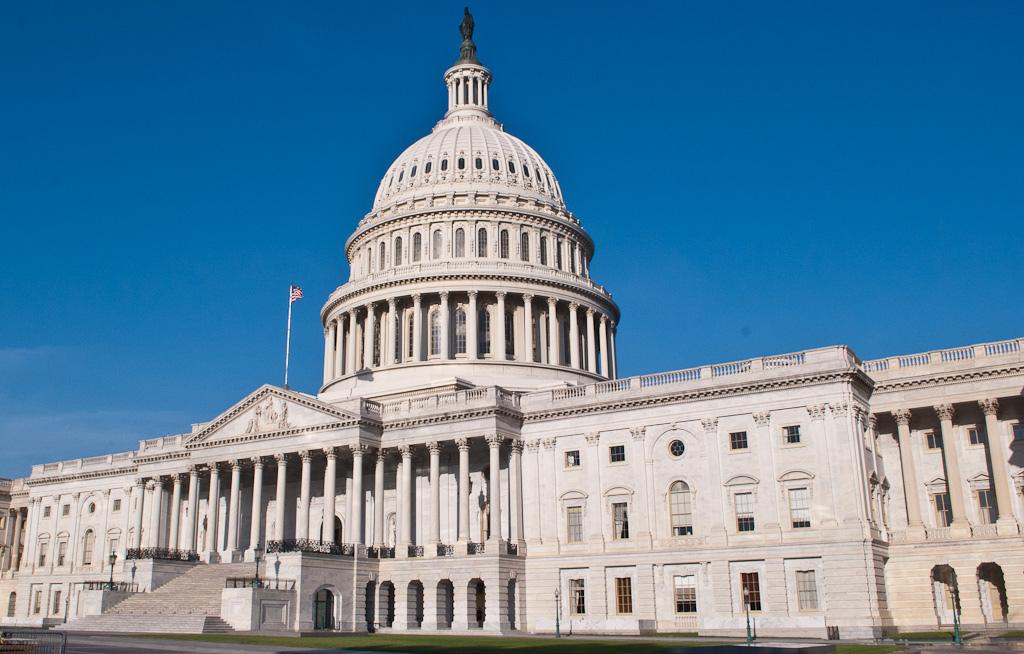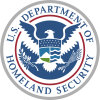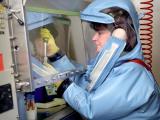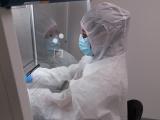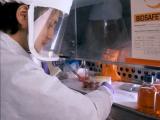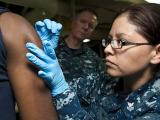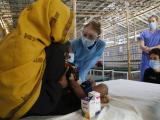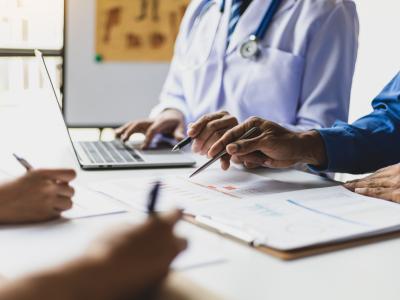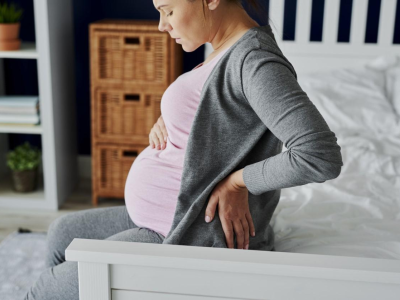Disclosure: The University of Minnesota's Center for Infectious Disease Research and Policy, which publishes CIDRAP News, has produced training programs and materials for the BioWatch program. The news team has no involvement in the center's BioWatch work.
Doubts about the federal BioWatch program were aired in Congress once again today, with a House committee chairman criticizing plans for costly new biosurveillance equipment and a top federal disease expert expressing his own concerns about the technology.The BioWatch program monitors the air in more than 30 large cities in an effort to detect pathogens that might signal a bioterrorist attack. Proposed plans to enhance the system with automated "Generation 3" equipment have been controversial, especially since the Los Angeles Times ran a series of investigative articles last year. Concerns have centered largely on "false alarms" and the reliability of existing and future technology.
At a hearing today, the House Energy and Commerce Subcommittee on Oversight and Investigations questioned the manager of the BioWatch program and a US Centers for Disease Control and Prevention (CDC) official who is involved in providing technical support for it.
The hearing was another in a series that began last year. Rep. Tim Murphy, R-Pa., chairman of the subcommittee, had sharp criticism of BioWatch plans in his prepared opening statement.
He said the latest version of Generation 3 technology failed tests, and the House and Senate last year refused to appropriate $40 million that the Obama administration requested for the equipment.
He also asserted that the country is less prepared for a bioterrorist attack than it was 5 years ago and that a large-scale attack is less likely now than it was a few years ago.
"Yet if the science of Generation 3 is proven, DHS [the Department of Homeland Security] would be expected to pursue" the system, which is estimated to cost $5.8 billion over its life cycle, Murphy said.
"This costly approach is unbalanced and misdirected. It makes no sense to expand outdoor monitoring for a less likely large-scale attack, while not addressing the declining number of public health responders who are needed in any kind of attack. If public health authorities lack the capability to respond, BioWatch will not produce a benefit."
Murphy also commented, "After 10 years of operation, we still don't know if the current BioWatch technology can detect an aerosolized bioterrorism agent in a real-world environment."
Michael Walter, PhD, BioWatch program manager for DHS, said DHS commissioned an independent analysis of its Generation 3 plans after the Government Accountability Office (GAO) raised questions last year about the procedures DHS used in developing the technology.
"We're expecting a final briefing on the analysis in the August-September time frame, with the final report in September-October," Walter said.
Toby L. Merlin, MD, director of the Division of Preparedness and Emerging Infections in the CDC's National Center for Emerging and Zoonotic Infectious Diseases, voiced uncertainty about how well the Generation 3 system will work.
In response to committee questions, he said, "My concerns about Generation 3 have primarily to do with a lack of information about the performance of the assays, and Dr. Walter and I have had an exchange about particular technical aspects of phase 1 of Generation 3."
Later he added, "What we need to know is how sensitive the system would be, the lower limits of detection, and how specific it would be. . . . What we don't know is how well it would work."
Rep. Gregg Harper, R-Miss., asked Merlin about a BioWatch critique from another CDC scientist, Michael Farrell, PhD. Harper said Farrell wrote in a May 26, 2011, e-mail message that the Generation 3 system would be "dead on arrival" at public health labs, because of a lack of confidence about cross-reactivity and in view of the previous failure of "Generation 2.5" technology.
When Harper asked Merlin if he agreed with that view, Merlin said it was difficult to answer yes or no. "Because that previous system had failed, Dr. Farrell was concerned that this was going down the same line," he said. "What he didn't know at the time and we found out subsequently was that the system was the first phase of a multi-phase development of Generation 3 and was not intended to be the final product."
Another committee member asked Walter and Merlin if Generation 3 would save money. The system is designed to be a "lab in a box" that will automatically test samples and report results every 4 to 6 hours. In the current system, filters are collected manually each day and taken to a local lab for testing.
Walter said Generation 3 will require "less support in our field operations and less support in lab operations," but didn't predict whether it would actually reduce costs.
Merlin commented, "I think the jury is out" on whether the system would save money. "From the numbers I've heard, the acquisition and operating costs are higher than Generation 2 costs. I don't see how there could be net savings."
In other topics, Murphy said his committee's staff had asked DHS for documents pertaining to "an internal DHS investigation of a DHS official's conduct related to BioWatch, but DHS has not done so."
Rep. Steve Scalise, R-La., asked Walter about the internal investigation. He first said he was not aware of such an investigation, but when Scalise pressed him further, he said, "I'm aware of an investigation that was undertaken, I don't know the details of why it was undertaken." He promised to obtain the information.
In response to other questions, both Merlin and Walter spoke of improved communication and collaboration between DHS and public health officials concerning BioWatch.
"I think DHS has made a concerted effort to include pubic health officials and public health responders in national BioWatch meetings," Merlin said. "They call regular webinars for all stakeholders, I believe monthly. Whenever they have working groups, they reach out to public health participants, including those who they know are not their fans. They try to have other voices at their table."
Walter commented, "I believe it [collaboration] has improved, because it does take place on a day-to-day basis. I don't command the BioWatch program, and they [public health officials] are not subordinates, we work in partnership."
See also:
Information on the committee hearing
Opening statement from Rep. Murphy
Michael Walter's statement
Toby Merlin's statement
Sep 13, 2012, CIDRAP News story, "BioWatch program faces GAO, congressional scrutiny"
